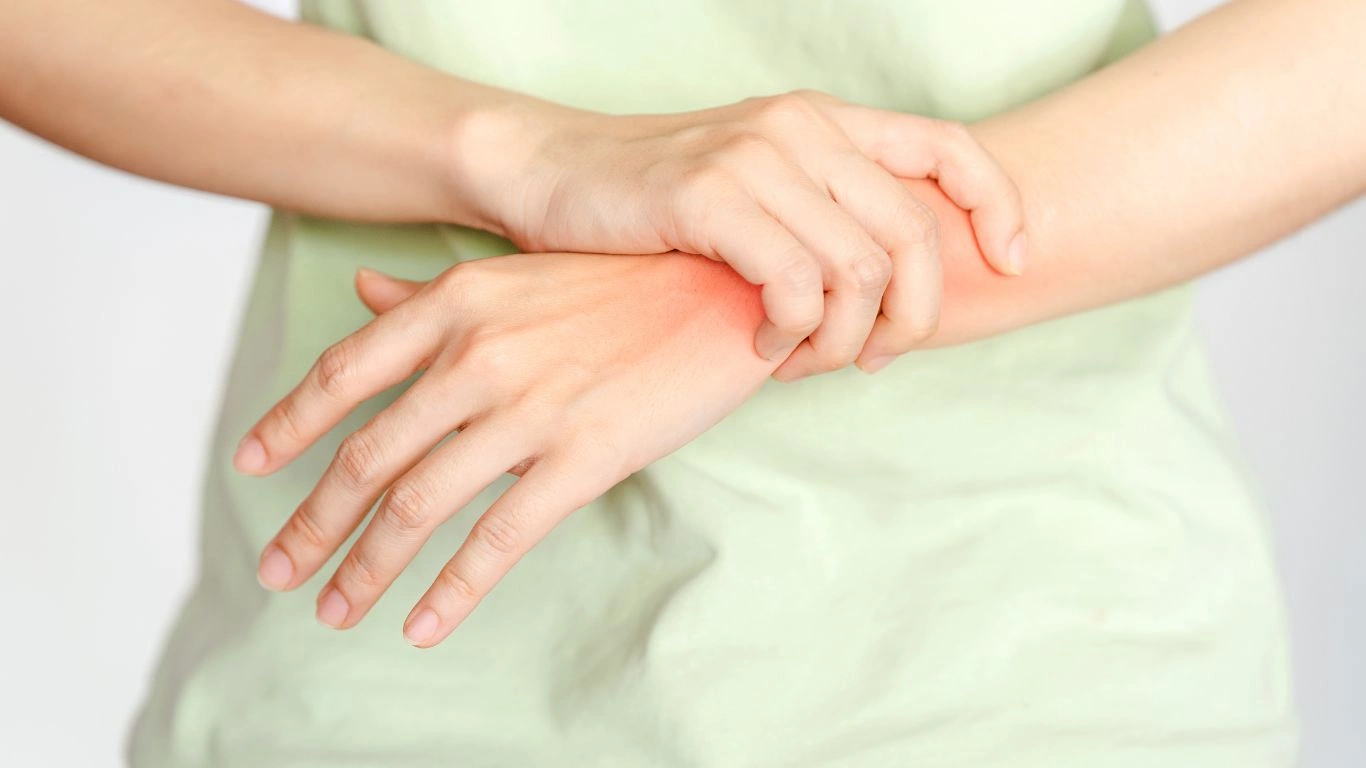Can Rheumatoid Arthritis Cause Skin Rashes? Powerful Tips for Managing Them
As a Rheumatology Nurse Practitioner with years of experience, I’ve encountered numerous patients grappling with the complexities of rheumatoid arthritis (RA). One of the most common questions I hear is: “Can rheumatoid arthritis cause skin rashes?” The answer is yes – RA can indeed lead to a variety of skin issues, including rashes. But the relationship between rheumatoid arthritis and skin conditions is not always straightforward, and it’s important to understand why and how these rashes occur. In this article, I’ll break down the connection between rheumatoid arthritis and skin problems, helping you better understand what you might be dealing with if you’re living with this condition or caring for someone who is.
Understanding the Connection Between Rheumatoid Arthritis and Skin Rashes
Rheumatoid arthritis is primarily known for its effects on the joints, causing inflammation, pain, and stiffness. However, RA is an autoimmune disease that affects the entire body, and it can trigger a number of extra-articular symptoms (meaning symptoms outside the joints). These symptoms can include a variety of skin issues, such as rashes, ulcers, and nodules. While not everyone with RA will experience skin rashes, it’s not unusual for people with the disease to notice changes in their skin, especially during disease flare-ups or when they are undergoing certain treatments.

What Causes Skin Rashes in Rheumatoid Arthritis?
When it comes to rheumatoid arthritis and skin rashes, it’s essential to know that these rashes are not caused directly by the arthritis itself, but rather by the immune system’s response. RA is an autoimmune disease, meaning the immune system mistakenly attacks the body’s healthy tissues. This immune response can lead to inflammation not just in the joints but also in other parts of the body, including the skin.
- Rheumatoid Nodules: These are firm lumps that can appear on the skin, typically near the elbows or other pressure points. While they are not technically rashes, they can cause localized redness or swelling.
- Vasculitis: A condition that occurs when blood vessels become inflamed, leading to red or purple spots on the skin, and in some cases, ulcers or open sores. Vasculitis can sometimes be associated with RA and cause skin rashes.
- Medications: Many of the medications used to treat RA, such as disease-modifying antirheumatic drugs (DMARDs) or biologics, can trigger skin reactions. These can range from mild rashes to more serious conditions like drug eruptions.
- Infections: People with RA, especially those on immune-suppressing medications, are at a higher risk for infections, which can also present with skin rashes.
Types of Skin Rashes Linked to Rheumatoid Arthritis
There are several types of skin rashes that can be linked to rheumatoid arthritis, and understanding these can help you identify what might be going on if you develop skin issues while managing RA. Here are a few of the most common ones I’ve seen in my practice:
Rheumatoid Nodules
Rheumatoid nodules are one of the most common skin-related manifestations of rheumatoid arthritis. These are firm, round lumps that usually form under the skin, often near joints that are under constant pressure, such as the elbows. They can vary in size and might feel tender, but in most cases, they don’t cause significant pain. In fact, many people with RA have these nodules without even realizing it until they’re noticed during a routine exam.
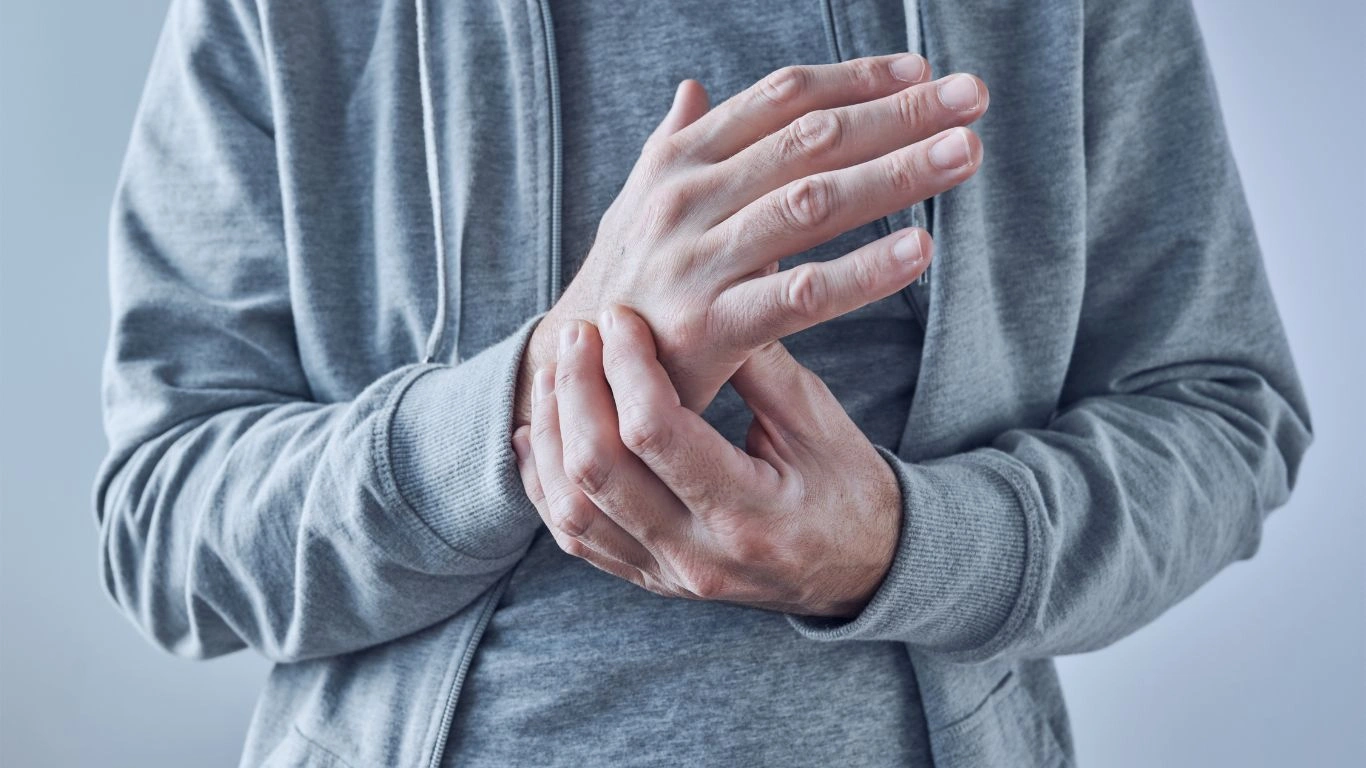
These nodules are thought to be related to the inflammation caused by RA itself. They can sometimes break open, leading to open sores or ulcers on the skin. While not all RA patients will develop rheumatoid nodules, those with more severe disease or longstanding RA are more likely to experience them.
Vasculitis: A Serious Skin Reaction
Vasculitis is a more serious skin condition that can occur in people with rheumatoid arthritis. It involves inflammation of the blood vessels, and this can lead to various skin changes. Most commonly, vasculitis presents as red or purple spots on the skin, often seen on the legs. In some cases, it can cause ulcers or open sores that may take a long time to heal.
Vasculitis can be an indication that RA is becoming more aggressive, and it often requires prompt treatment. If left untreated, it can lead to more severe complications, including tissue damage and even organ involvement. For this reason, it’s crucial to get the right treatment if you develop symptoms of vasculitis.
What Should You Do If You Develop a Skin Rash with RA?
If you have rheumatoid arthritis and develop a skin rash, it’s essential to speak with your healthcare provider as soon as possible. In some cases, skin rashes may be harmless and simply a side effect of medication or disease progression. However, in other cases, a rash could be a sign of something more serious, such as an infection or a flare of RA that requires a change in treatment.
Here’s what I generally recommend to my patients if they notice a skin rash:
- Track the Rash: Keep a journal of when the rash appeared, what it looks like, and whether it’s getting worse or improving. This information can be helpful for your doctor.
- Monitor for Other Symptoms: Is the rash accompanied by other symptoms, such as fever, pain, or swelling? This can help determine if the rash is related to an infection or flare.
- Consult Your Doctor: It’s always best to have a professional evaluate the rash. Your rheumatologist or primary care provider will be able to determine whether the rash is related to your RA or if it’s a sign of something else.
In my experience, the sooner a rash is addressed, the easier it is to manage and treat, so don’t wait too long to seek medical advice.
Can Medications Be the Cause of Skin Rashes?
Yes, certain medications used to treat rheumatoid arthritis can cause skin rashes as a side effect. Medications like methotrexate, biologics, and other immunosuppressive drugs can sometimes trigger allergic reactions or even more severe conditions like drug eruptions, which manifest as widespread skin rashes.
If you’ve recently started a new medication and notice a rash developing, it’s essential to reach out to your healthcare provider. They may need to adjust your treatment plan or recommend ways to manage the skin reaction.

Understanding how rheumatoid arthritis and skin rashes are connected can help you stay on top of your symptoms and make informed decisions about your care. As with any aspect of RA, it’s crucial to take a proactive approach, listen to your body, and consult with your healthcare team to ensure the best possible management of both your joints and your skin.
Managing Skin Rashes with Rheumatoid Arthritis
When you’re living with rheumatoid arthritis, managing the symptoms that affect your joints is tough enough, but when skin rashes start to appear, it can feel like a whole new set of challenges. Over the years of working with RA patients, I’ve found that treating these rashes requires a multifaceted approach—one that looks at both the root cause and the available treatments. In this section, I’ll walk you through some practical ways to manage these skin issues and offer insights into what has worked for many of my patients.
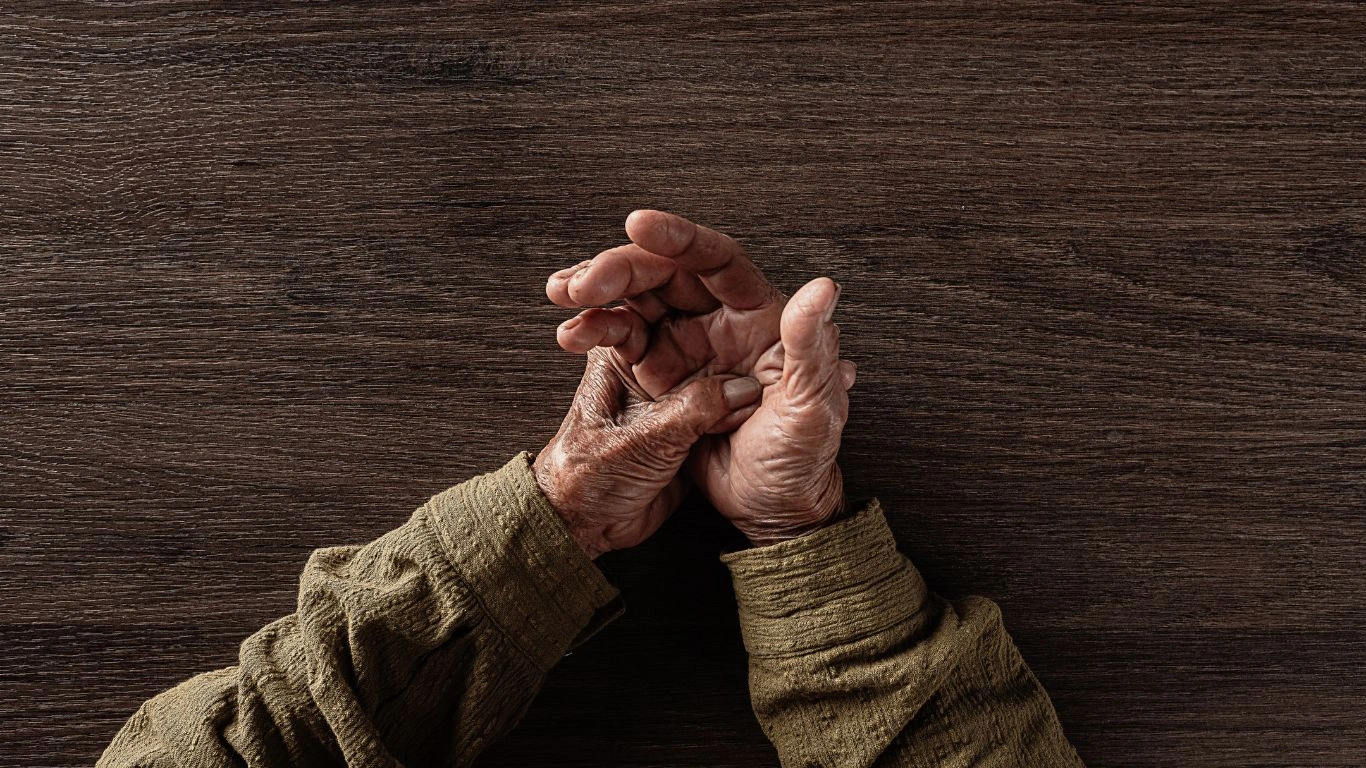
Topical Treatments for Skin Rashes
One of the first things I always tell my patients is that treating a skin rash linked to rheumatoid arthritis often starts with topical treatments. These are non-invasive options that can bring quick relief, especially if the rash is localized. The key is to identify what’s causing the rash in the first place, whether it’s rheumatoid nodules, vasculitis, or a side effect of medication, and choose the appropriate topical treatment accordingly.
For most mild rashes or redness, a good moisturizing cream can do wonders. RA patients often have dry skin as part of their condition, so a thick, emollient-rich lotion can soothe irritated areas. I recommend something like coconut oil or a cream with ceramides to help restore moisture. When inflammation is involved, corticosteroid creams can sometimes be useful for reducing redness and swelling, though these should only be used under the guidance of a healthcare provider, as long-term use of steroids on the skin can have side effects.
When to Seek Medical Help for Severe Skin Rashes
Sometimes, despite our best efforts, the skin rash can worsen, or it might indicate a more severe problem. This is when I stress the importance of seeing your healthcare provider for evaluation. Here are a few signs that it might be time to take that next step:
- Rash spreading rapidly: If the rash is quickly expanding beyond its initial site, or if new patches keep appearing, it could indicate an allergic reaction or infection.
- Pain or tenderness: If the rash is painful or tender to the touch, especially in the case of vasculitis, it’s a good idea to get it checked out.
- Accompanying fever or malaise: A rash that comes along with flu-like symptoms could be a sign of a systemic issue, and that needs prompt attention.
- Open sores or ulcers: If the rash leads to broken skin, like ulcers or open sores, it’s critical to seek medical help as this could lead to infections or more significant health problems.
The Role of Medications in Treating Skin Rashes in RA Patients
As we discussed earlier, medications for rheumatoid arthritis can sometimes cause skin reactions. But on the flip side, certain treatments can also help alleviate skin rashes. Here’s a closer look at how medications play a role:
DMARDs and Biologics: Impact on the Skin
Disease-modifying antirheumatic drugs (DMARDs), including biologics, are the cornerstone of treatment for many RA patients. These medications work by targeting the underlying immune response that causes joint inflammation, but they also have an effect on other parts of the body, including the skin.
In my experience, biologic medications like TNF inhibitors or IL-6 inhibitors can sometimes cause rashes as a side effect. However, for many patients, the benefits of biologics in controlling RA far outweigh these temporary skin issues. If you start a new medication and notice skin changes, be sure to bring it up with your healthcare team. They may adjust the dosage or recommend an alternative treatment to minimize the side effects.
It’s worth noting that while biologics and DMARDs can help reduce inflammation and disease activity over time, they also suppress the immune system. This means that while these medications can prevent the immune system from attacking the joints, they can also make the body more susceptible to infections, which could present with rashes.

Antihistamines and Other Medications for Skin Reactions
In cases where the skin rash is a result of an allergic reaction (such as from a medication), antihistamines might be prescribed to help control itching and inflammation. I’ve found that these can be particularly helpful when the rash is less about inflammation and more about the body’s allergic response to something in the environment or a drug.
However, it’s important to remember that while antihistamines can help manage symptoms like itching, they don’t address the underlying cause of the rash. This is why I always emphasize the need to talk to your doctor about any new or unusual rashes, especially if they seem linked to your RA medications.
Other Lifestyle Adjustments to Help with Skin Health
Aside from medication, there are several lifestyle habits and home remedies that can help keep your skin healthy and manage any rashes that may arise. Many of my RA patients find that making a few simple changes can significantly reduce skin irritation and improve overall skin health.
Sun Protection is Key
One of the most important lifestyle changes that can benefit both your skin and your RA is protecting your skin from the sun. Ultraviolet (UV) rays can exacerbate skin problems in RA patients, and certain medications, like methotrexate, can increase the sensitivity to sunlight. Wearing broad-spectrum sunscreen daily, even when it’s cloudy, is a must. I also recommend wearing protective clothing, such as hats and long sleeves, when spending time outdoors.
Stay Hydrated and Eat a Skin-Friendly Diet
Your skin needs hydration from both the inside and outside. Drink plenty of water throughout the day to keep your skin moisturized, and avoid dehydrating substances like caffeine and alcohol. Additionally, a diet rich in antioxidants, vitamins, and omega-3 fatty acids can support skin health. Foods like berries, leafy greens, fish, and nuts can help reduce inflammation in the body and promote healthy skin.

Gentle Skin Care Routine
If you have RA, your skin may be more prone to irritation, so I always recommend using gentle skincare products. Avoid harsh soaps or products with strong fragrances, as they can strip the skin of its natural oils and worsen dryness. Instead, look for products designed for sensitive skin. Use lukewarm water instead of hot water when washing your skin, and always apply a good moisturizer after bathing to lock in hydration.
Ultimately, skin rashes in rheumatoid arthritis are just one more challenge to navigate. But with the right treatments, medications, and lifestyle changes, managing these rashes can become just another part of the RA journey. As always, consult your doctor about any new symptoms, and work together to find the best approach to keep both your joints and your skin as healthy as possible.
Preventing and Addressing Skin Rashes in Rheumatoid Arthritis: A Long-Term Strategy
As we’ve explored so far, skin rashes can be a common but often overlooked symptom of rheumatoid arthritis. Many RA patients, including myself and the individuals I’ve worked with over the years, find that once they know how to recognize and manage these rashes, they can take proactive steps to minimize their impact. But it’s important to remember that prevention is just as crucial as treatment. With proper self-care and regular communication with your healthcare provider, you can significantly reduce the chances of developing persistent or bothersome skin rashes.
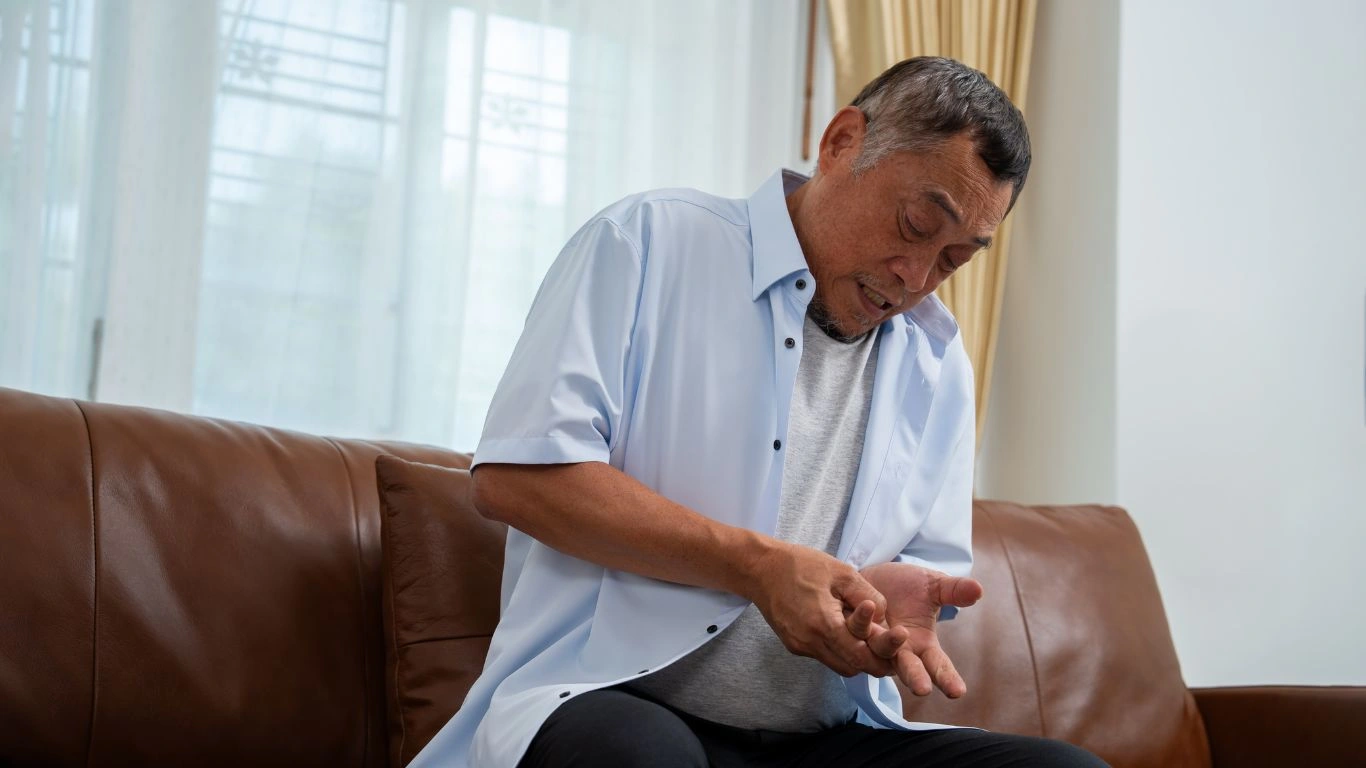
Stay on Top of Your Rheumatoid Arthritis Management
One of the best ways to prevent skin rashes from flaring up in the first place is to keep your rheumatoid arthritis well-controlled. This means working closely with your healthcare team to adjust your medications as needed, whether that’s through biologics, DMARDs, or even corticosteroids when flare-ups occur. Regular check-ins with your rheumatologist will help ensure that your treatment plan is working for you and minimizing the risk of extra-articular symptoms like skin rashes.
From my own experience, when a patient’s disease activity is well-managed, it’s less likely that they’ll experience severe or frequent skin problems. Tight control over inflammation in the joints has a ripple effect on the rest of the body, including the skin. Staying on top of your medications and communicating any changes in your symptoms—like new rashes or itching—can help your doctor intervene early before things escalate.
Regular Skin Checks and Early Intervention
One thing I always encourage my RA patients to do is to perform regular skin checks. This can be as simple as taking a few minutes each week to examine areas where rashes or nodules tend to develop, such as the elbows, hands, and legs. If you notice something new, make a note of it and discuss it with your doctor. Early intervention is key to preventing a rash from getting out of hand or becoming infected.
If you’re on medications that might increase your susceptibility to infections, be especially vigilant about any changes in your skin. Infections can sometimes present as rashes, and they can be more complicated to treat in people with RA due to immune suppression from certain medications. That’s why staying on top of skin changes and seeing your doctor at the first sign of a problem is so important.
Holistic Approaches to Skin Health
While medication and treatment are essential for managing rheumatoid arthritis and its related skin issues, there are holistic approaches you can take to support your skin health as well. A few small lifestyle tweaks can make a big difference in the long run. In this section, I’ll dive into some of the most effective holistic strategies I’ve seen work well for many RA patients.
Mind Your Stress Levels
Stress is one of those hidden triggers that can make everything worse, both for rheumatoid arthritis and your skin. From my experience, stress doesn’t just exacerbate inflammation in the joints; it can also lead to flare-ups of skin conditions, including rashes. Whether it’s the pressure of daily life, a tough day at work, or the emotional toll that RA can sometimes bring, it’s crucial to find ways to manage stress.
Try incorporating stress-reducing practices into your daily routine. Techniques like mindfulness, meditation, deep breathing, and yoga can be excellent for managing both physical and emotional stress. Taking time for yourself to relax and reset not only helps with your joints but can also be beneficial for your skin health. Regularly engaging in these practices has been shown to lower cortisol levels, which can reduce inflammation and improve overall skin condition.
Exercise and Skin Health
Maintaining regular physical activity is another great way to support skin health. Exercise can improve circulation, reduce inflammation, and help your body flush out toxins, all of which contribute to healthier skin. That said, it’s important to pick an exercise routine that’s suited to your RA. Low-impact exercises such as swimming, walking, or gentle yoga can be great options for people with joint pain.
Exercise also promotes the production of collagen, a protein that plays a key role in keeping your skin firm and elastic. Regular movement is not only good for your joints, but it’s a simple way to keep your skin looking and feeling its best.
Resources and Support for RA Patients with Skin Issues
Rheumatoid arthritis can be overwhelming, especially when it comes to dealing with unexpected skin issues. But you don’t have to go through it alone. There are numerous resources available to help you manage your RA and any skin symptoms that might arise. Here are a few trusted sources I recommend for patients looking to learn more or seek support:
- National Institutes of Health (NIH) – A reliable resource for the latest research on rheumatoid arthritis and its treatments.
- Health.com – Offers articles and advice on managing both rheumatoid arthritis and associated skin issues.
- American College of Rheumatology (ACR) – The ACR provides useful guides and updates on managing RA, including skin-related concerns.
Joining a support group, either in person or online, can also help you connect with others who understand what you’re going through. Sharing experiences and tips with fellow RA patients can be a source of comfort and practical advice for managing skin issues.
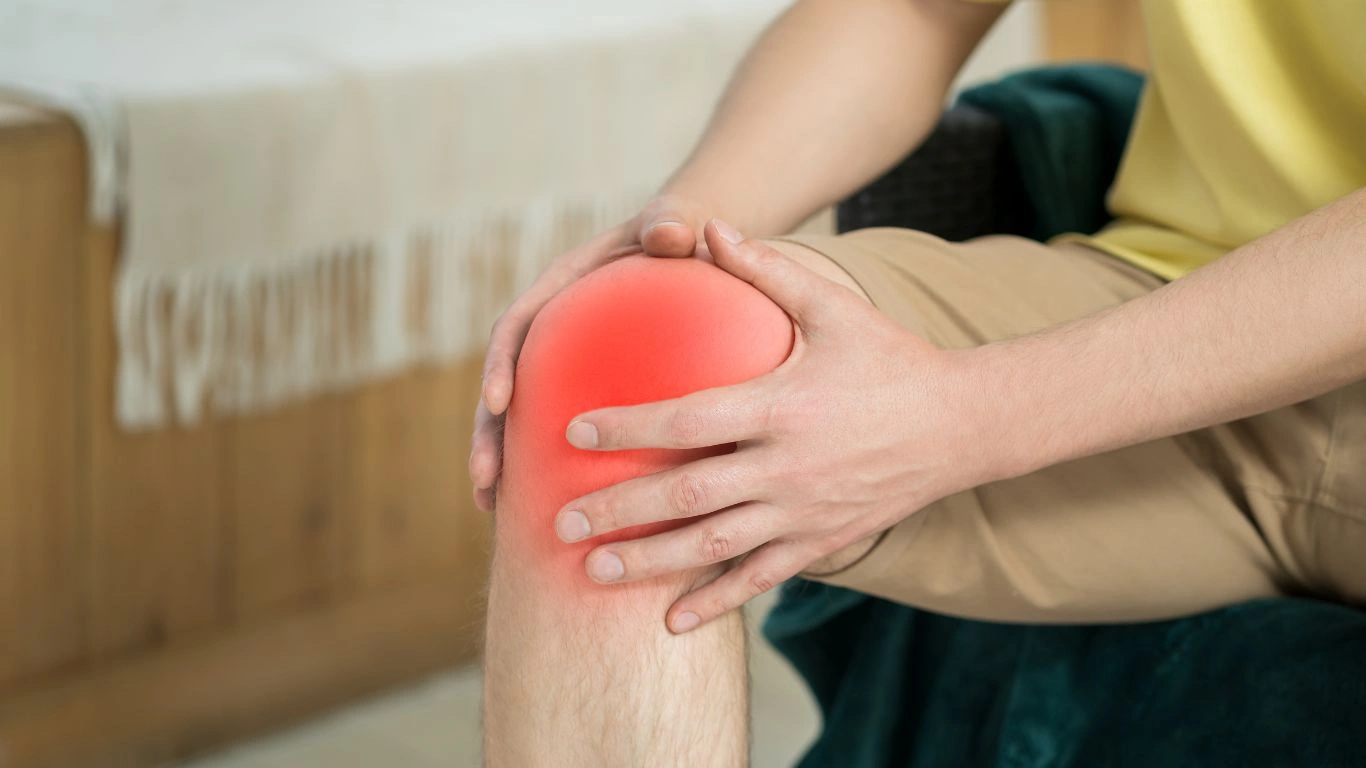
Disclaimer
The information provided in this article is based on my personal experience as a Rheumatology Nurse Practitioner and is intended for general informational purposes. It is not a substitute for professional medical advice, diagnosis, or treatment. Always seek the advice of your physician or other qualified health provider with any questions you may have regarding a medical condition. Never disregard professional medical advice or delay in seeking it because of something you have read in this article.
Additionally, treatments and recommendations should be tailored to your specific needs, so it’s important to discuss any concerns or changes in your symptoms with your healthcare provider. Every person’s experience with rheumatoid arthritis is unique, and what works for one person may not work for another.

Camellia Wulansari is a dedicated Medical Assistant at a local clinic and a passionate health writer at Healthusias.com. With years of hands-on experience in patient care and a deep interest in preventive medicine, she bridges the gap between clinical knowledge and accessible health information. Camellia specializes in writing about digestive health, chronic conditions like GERD and hypertension, respiratory issues, and autoimmune diseases, aiming to empower readers with practical, easy-to-understand insights. When she’s not assisting patients or writing, you’ll find her enjoying quiet mornings with coffee and a medical journal in hand—or jamming to her favorite metal band, Lamb of God.
